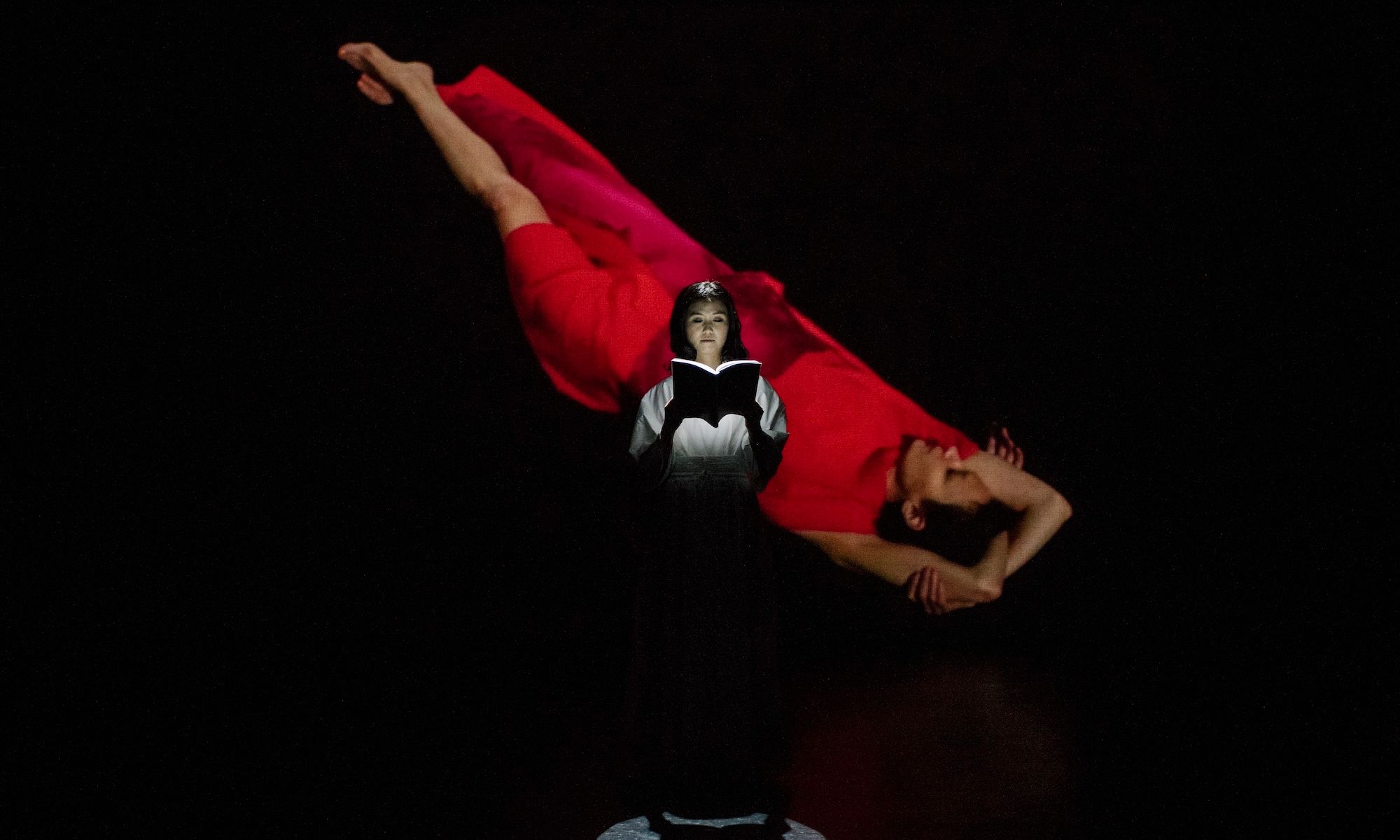Haegue Yang, The Malady of Death – Monodrama with Hon Lai-chu, 2015. Commissioned by M+ for the exhibition Mobile M+: Live Art. Photo: CPAK Studio
A musical ensemble that conjures weather’s fluxes, an Instagram-algorithm inspired choreography and performances drawing on literary works by Federico García Lorca and Marguerite Duras are among the commissions realised for this year’s Performa Biennial. Opening 1 November, the tenth edition of the biennial dedicated to live interdisciplinary performance will bring works by 40 international artists to venues across New York City, with an emphasis on conceptually oriented projects.
As with past editions of the biennial, this year’s theme looks to history as a departure point. Previous iterations of Performa have concentrated on movements including Italian Futurism, Surrealism, the Renaissance and the Bauhaus; this time, Performa examines the legacy of conceptual art of the 1960s and 70s—a period of focused study for the organisation’s founder RoseLee Goldberg.
“Conceptual art is one of the most difficult areas to explain,” Goldberg says, “and yet, it’s been so seriously important for all of us. In a sense this period—what I call the ‘big bang’ of conceptual art—really changed everything about how we understand art, making art, teaching art [and] exhibiting art.”
That historical anchor resonates with a tendency she’s increasingly noticed of artists working in “a delicate, conceptual way”, she adds. “Whether it’s environmental, politics, race, gender, it’s being very quietly stated. A lot of the work has a subtlety and a quiet strength.”
Marcel Dzama, Death Disco Dance, 2011. © Marcel Dzama. Courtesy the artist and David Zwirner
The artist Julien Creuzet, for instance, will take over the Léman Ballroom with a poetic choreographic work exploring displacement and diaspora, based on gestures he spotted on Instagram that were shared by users of African descent. At the Abrons Arts Center, Marcel Dzama will bring García Lorca’s Surrealist poem Trip to the Moon to life through live music and whimsical costumes.
Several artists will show their first-ever works with live performers, including Nikita Gale, known for sprawling installations and sculptures that consider the human implications of movements and traces, and absence and presence. Gale will debut a performance that considers shifts in weather patterns and humans’ relationship to time, through the coordinated nuances of a live orchestra. Titled Other Seasons, it features the Harlem-based ensemble the Unsung Collective performing Gale’s reinterpretation of Vivaldi’s The Four Seasons, and follows several years of her research into various aspects of weather.
“I was thinking about how we try to organise weather,” Gale says. “That’s when I started to fixate on the season as a structure used to not only try to contain or understand weather patterns but to frame different modes of attention—this way of organising media, like television series or streaming programmes or theatre programmes.”
In Gale’s score, Vivaldi’s rearranged composition cycles through moments of acoustic sound and electronically mediated ones. The environment, she hopes, will exert a psychological charge as it creates “moments where you almost feel like you’re time travelling.” Other Seasons “isn’t a capital C climate change work”, she says. “It’s a reflection on the ways these environmental changes are changing not just our physical bodies, but also what we pay attention to, and how, and where that attention goes.”
Nikita Gale, PRIVATE DANCER, 2021. Installation view at the California African American Museum. Photo by Elon Schoenholz.
At the Guggenheim Museum’s Peter B. Lewis theatre, a quieter project by Haegue Yang will centre on a single actor reading Duras’s The Malady of Death, continuing the artist’s longstanding engagement with the cryptic 1982 novella. Previously shown at venues including a historic theatre for Cantonese opera in Hong Kong and a cenote in Mexico, the work evolves with every staging as Yang collaborates with different actors. For Performa, the actor Noma Dumezweni will read Duras's text as images are projected on the ceiling of the circular theatre—a shape, Yang points out, evokes the rotating movement of many of her sculptures “that doesn’t cause a change of location, it only demonstrates intensity”.
“And this piece is exactly that,” she says. “We don’t understand more after we have spent 80 minutes in the theatre, we will be thrown back to where we were. It’s not really showing lots of didactics—not even so much entertainment. It’s about spending the time together, as the figure of the story suggests to the other figure, to spend a couple of nights together.”
In addition to six major commissions, Performa will present its ten-year-old, internationally focused Pavilion Without Walls programme, this year highlighting Finnish artists. Other events—from a survivalist-oriented cooking session to a health-activism tragicomedy by Gregg Bordowitz and Pamela Sneed—will unfold at the biennial’s Performa Hub space in Tribeca. This gathering space is temporary, but Goldberg envisions it as a precursor to a possible permanent Performa space in the future, where people may simply cowork, view the biennial’s archive or gather to discuss a performance they saw nearby.
“Most times we don’t spend enough time with a work,” Goldberg says. “Performance is where you can gather and be up close to artists and their ideas. And this is some really profound engagement—that you can spend an hour with an artist’s work and come out and have a conversation about it.”

